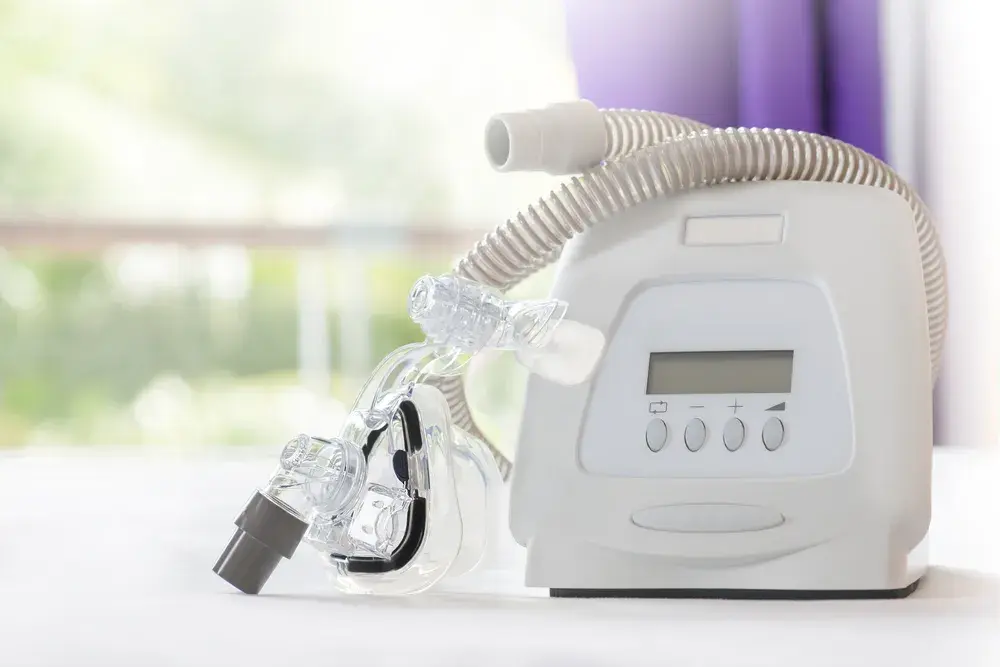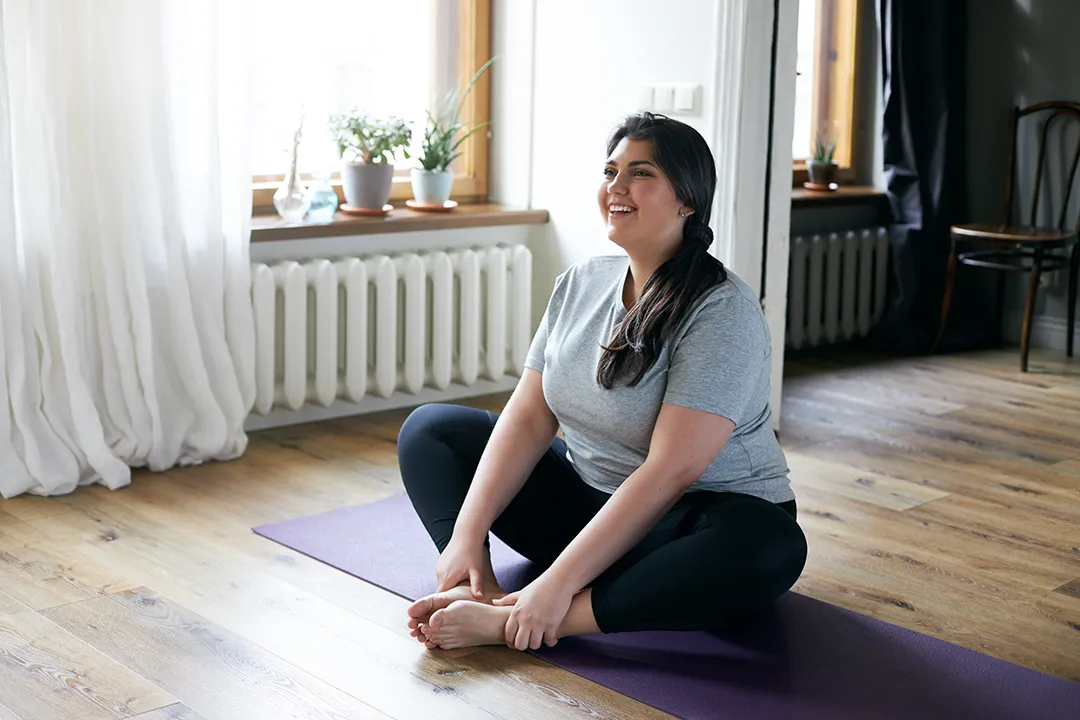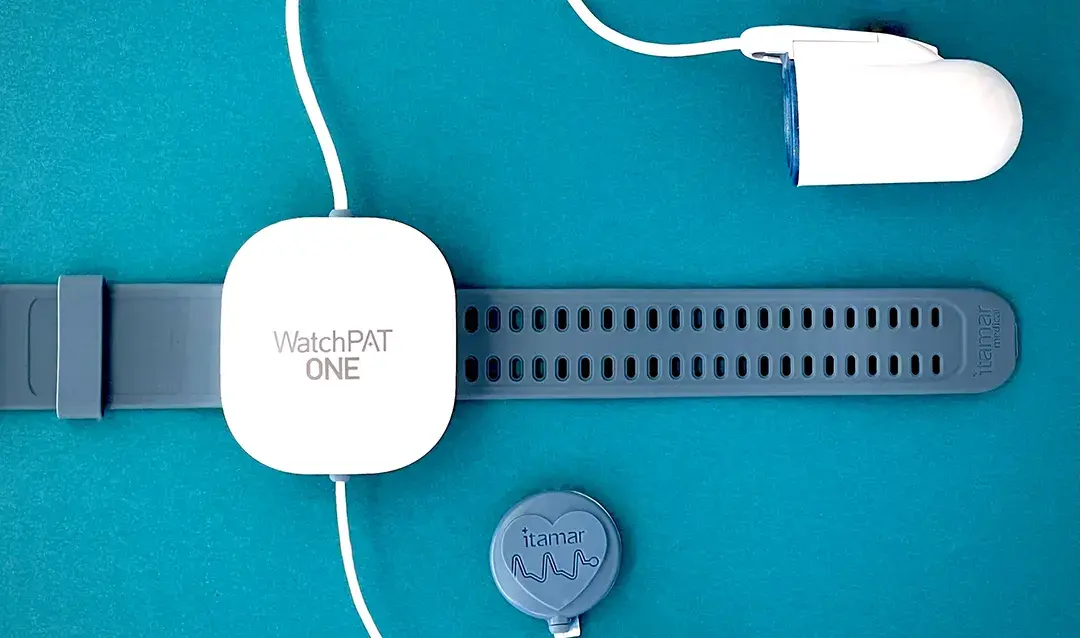Having Trouble With Your CPAP? Here's What to Do
Explore at-home fixes, professional support, and what to do if troubleshooting fails.

When my patients struggle with CPAP therapy1,I find that their frustrations usually boil down to a common set of issues. The good news is, most common CPAP problems have straightforward solutions if you know what to look for.
In this guide, we'll talk through common troubleshooting methods you can implement to turn your CPAP struggles into CPAP success. Some of these will be DIY solutions you can try at home, while others may require contacting your CPAP supplier or working with a respiratory therapist.
Signs of Common CPAP Issues
How do you know whether you’re having a problem with your device, or simply not tolerating the way the CPAP is meant to function?
Although wearing a CPAP takes getting used to, the device isn’t meant to be uncomfortable. These common CPAP problems2 can typically be solved with minor troubleshooting, either on your own or with some expert assistance:
Air leaks
Shortness of breath
Dry airways or eyes
Trouble falling asleep
Tooth decay
Irritation from the noise of the machine
Claustrophobia
Stomach issues
Generally being uncomfortable or wanting to take it off at night
Review the Data From Your CPAP Machine
The problems listed above are obvious red flags, but there may be other signs that your CPAP settings or fit need fine-tuning. Most of the newer CPAPs come with an app that shows valuable data, including how many hours you’re actually using it at night, how often the mask leaks air, and how effective the device is at reducing your AHI (i.e. your main sleep apnea “score”).
Look to this data for potential problems you can solve, such as mask fit throughout the night. Reviewing this data with your provider can also help you identify and solve problems with your CPAP device.
DIY Solutions to Common CPAP Problems
Some common CPAP problems have surprisingly simple solutions! Here are a few things you can try at home before reaching out for more intensive support.
1. Adjust Your Headgear and Straps
A tight seal is critical to your CPAP working the way it’s intended, so many common issues come down to a matter of mask fit. Making adjustments for a better fit will help with air leaks, the effectiveness of your pressure settings, and general comfort.
Every CPAP mask is unique, so following the instructions for your specific device is critical to maintaining the right fit. Consult your manufacturer's manual for advice that pertains to your specific mask, including how tightly they recommend adjusting your straps.
2. Tackle Sinus Issues Head-On
Particularly if you’re using a nasal or nasal pillow mask, trying to use a CPAP while you have nasal congestion will be frustrating at best. So before using your CPAP machine for the night, make sure to clear out any nasal congestion to ensure a smooth and uninterrupted airflow.
For occasional sinus troubles due to illness or mild seasonal allergies, over-the-counter decongestants are a decent option. If you suffer from chronic sinus issues, though, consider switching to a full face mask for better results and improved comfort.
That said, your sinus issues may actually be caused by your CPAP, which leads me to my next point:
3. Embrace the Humidifier
Your body naturally craves air that's a bit moist to effectively extract oxygen. Typically, your nasal cavities perform the function of humidifying the air you breathe—but when you use a CPAP machine, your body’s naturally humidification mechanism typically can’t keep up with the air coming in. That’s why using your CPAP’s humidifier function is critical to effective treatment.
Wearing your CPAP without the humidifier function can lead to sinus congestion, dry mouth, and even tooth decay over time, so take care to use it regularly. Remember, though, that regular cleaning is vital to keep bacteria and mold at bay.
4. Inspect for Cushion Wrinkles
Moving during sleep can affect the positioning of your facemask, causing your mask to wrinkle and leak air. If this happens, pause your CPAP, then lift your mask slightly to reposition the cushion before resuming treatment.
5. Clean Oils Off Your Face and Mask
Body-produced oils may make your mask slippery, compromising its fit and making it difficult for your mask to stay put throughout the night. Wipe down your mask and face before bedtime to remove oils and ensure a firm hold.
6. Experiment with Ramp Settings
Most modern CPAP devices offer ramp settings,3 which allow you to fall asleep using a lower pressure setting before “ramping up” to your prescribed level. This gradual increase in pressure can help you doze off more comfortably as your body adjusts to the airflow. Fine-tune your ramp settings according to your typical bedtime routine, factoring in how long it usually takes you to slip into slumber.
Related: Does sleep hygiene help with sleep apnea?
7. Straighten Out Kinks
Just like with a watering hose, kinks in your CPAP tubing will make the air stop flowing. If your device is on your nightstand, check that the tubing isn’t getting forced up against the wall. Some manufacturers even offer angled connectors to prevent recurring kinks between your mask and your nightstand unit.
8. Explore Expiratory Pressure Relief
If your manufacturer has it built-in, Expiratory Pressure Relief (EPR) is a setting you can turn on which will adjust the pressure to a lower setting specifically when you exhale. A lot of patients find this more comfortable, and it also helps with shortness of breath and stomach issues, which occur when too much pressure is being delivered.
9. Start Low and Go Slow.
Starting your CPAP journey can seem daunting, but remember, this is a marathon, not a sprint. Long-term, your goal should be to wear your CPAP device throughout the night, but don't pressure yourself to do so right away, especially if you're prone to claustrophobia.
Before jumping into overnight use, start by trying out your CPAP during the day to get used to the experience. The next day, use the device while you're unwinding before sleep, then for an hour while you sleep. You'll be surprised how quickly your comfort level increases.
Many CPAP patients find that initial issues tend to fade after a few weeks, so don’t give up! Aim for consistency and be patient with yourself as you adjust to this new sleeping method.
10. Try a CPAP-Compatible pillow
Your regular pillow wasn’t designed to accommodate a mask and tubing, but there are pillows that were designed for this. You can try one of these to decrease the general discomfort of wearing a mask at night.
11. Reconsider your Bedtime Routine
When you use a CPAP device regularly, embracing optimal sleep hygiene becomes especially important. To give yourself the best chance possible, implement practices that will improve your sleep, like a consistent bedtime, limiting screen use at night, and reducing your reliance on naps and caffeine.
Related: Does sleep hygiene help with sleep apnea?
CPAP Adjustments That Need Medical Support
If you’re still having a hard time, it’s time to change things up and get some help. Reach out to the supplier that issued your CPAP and ask them to connect you with a respiratory technician or other qualified representative.
Here are some potentially helpful changes you can make with their assistance:
1. Switch Up Your Mask Type
Among the full-face, nasal, and nasal pillow mask varieties, there's a perfect fit for your unique needs. Struggling with chronic sinus issues? A full-face mask could be your savior. Battling claustrophobia? Try the nasal pillow mask. A knowledgeable respiratory technician can help you navigate through mask styles, sizes, and brands, ensuring you find your comfort match.
2. Upgrade Your Device
Have you had your current CPAP machine for a few years? Consider upgrading to a new device for a more comfortable experience.
Most modern CPAP machines have evolved into Auto-PAP (APAP) devices, providing you with the latest technology for better sleep. In addition to delivering pressurized air into your airways as traditional CPAPs do, these APAP devices adapt to your distinct breathing patterns, differentiating pressure when you inhale and exhale.
And for those bothered by the noise of their CPAP machine, there are now quieter models available. Tell your respiratory therapist exactly what is troubling you with your current device and ask for guidance on a better option for your needs.
3. Adjust Your Pressure Settings
Do you feel short of breath while wearing your CPAP, or like air is being pushed into your stomach? These are common signs that your CPAP pressure setting may be too high.
APAP devices naturally solve this problem, typically adjusting within a wide range of pressures to deliver the lowest effective pressure. A CPAP device, though, delivers one pressure throughout the night. When that pressure setting is too high, it can be difficult to use your device consistently throughout the night.
If you choose to stick with a CPAP device, work with your respiratory technician to adjust your pressure settings. They can help you find a level that feels comfortable while monitoring your nightly AHI to ensure that the treatment remains effective.
4. Fine-Tune Other Settings
Depending on your device, your respiratory technician can recommend even more setting tweaks to enhance your comfort. Embrace their advice and familiarize yourself with your device to boost your at-home troubleshooting skills.
When to Consider Alternative Treatments
Despite months of tweaks, if your CPAP machine still leaves you feeling exasperated, it's time to explore alternatives. Consider a sleep apnea oral appliance, similar to a retainer or mouthguard. This simple, noise-free solution works by gently pushing your jaw forward, opening up your airway. It's just as effective as a CPAP for mild to moderate sleep apnea, and far more effective than a CPAP that sits unused on your nightstand.
You have other options too, like surgeries that remove or reshape airway tissue, or hypoglossal nerve stimulators that keep your airway open by creating small, painless pulses. These can be expensive and come with complexity around insurance approval, but it’s important to know all your options.
Remember, you have the power to take control of your sleep. Don't settle for frustrating sleep. Take the steps you need to find a sleep apnea treatment solution that will work for you long-term.
Related: Alternatives to CPAP for Treating Sleep Apnea
Patil SP, Ayappa I, Caples SM, Kimoff RJ, Patel SR, Harrod CG. Treatment of Adult Obstructive Sleep Apnea with Positive Airway Pressure: An American Academy of Sleep Medicine Clinical Practice Guideline. Journal of Clinical Sleep Medicine. 2019;15(02):335-343. doi:10.5664/jcsm.7640
Available from: https://jcsm.aasm.org/doi/10.5664/jcsm.7640
InformedHealth.org [Internet]. Cologne, Germany: Institute for Quality and Efficiency in Health Care (IQWiG); 2006-. Obstructive sleep apnea: CPAP therapy: How to deal with common problems. 2011 Jul 22 [Updated 2019 Jan 3]. Available from: https://www.ncbi.nlm.nih.gov/books/NBK279273/
Hooper RG. CPAP Therapeutic Options for Obstructive Sleep Apnea. Pragmat Obs Res. 2020 Jul 13;11:67-76. doi: 10.2147/POR.S258632. PMID: 32765155; PMCID: PMC7381796.
Available from: https://www.ncbi.nlm.nih.gov/pmc/articles/PMC7381796/




